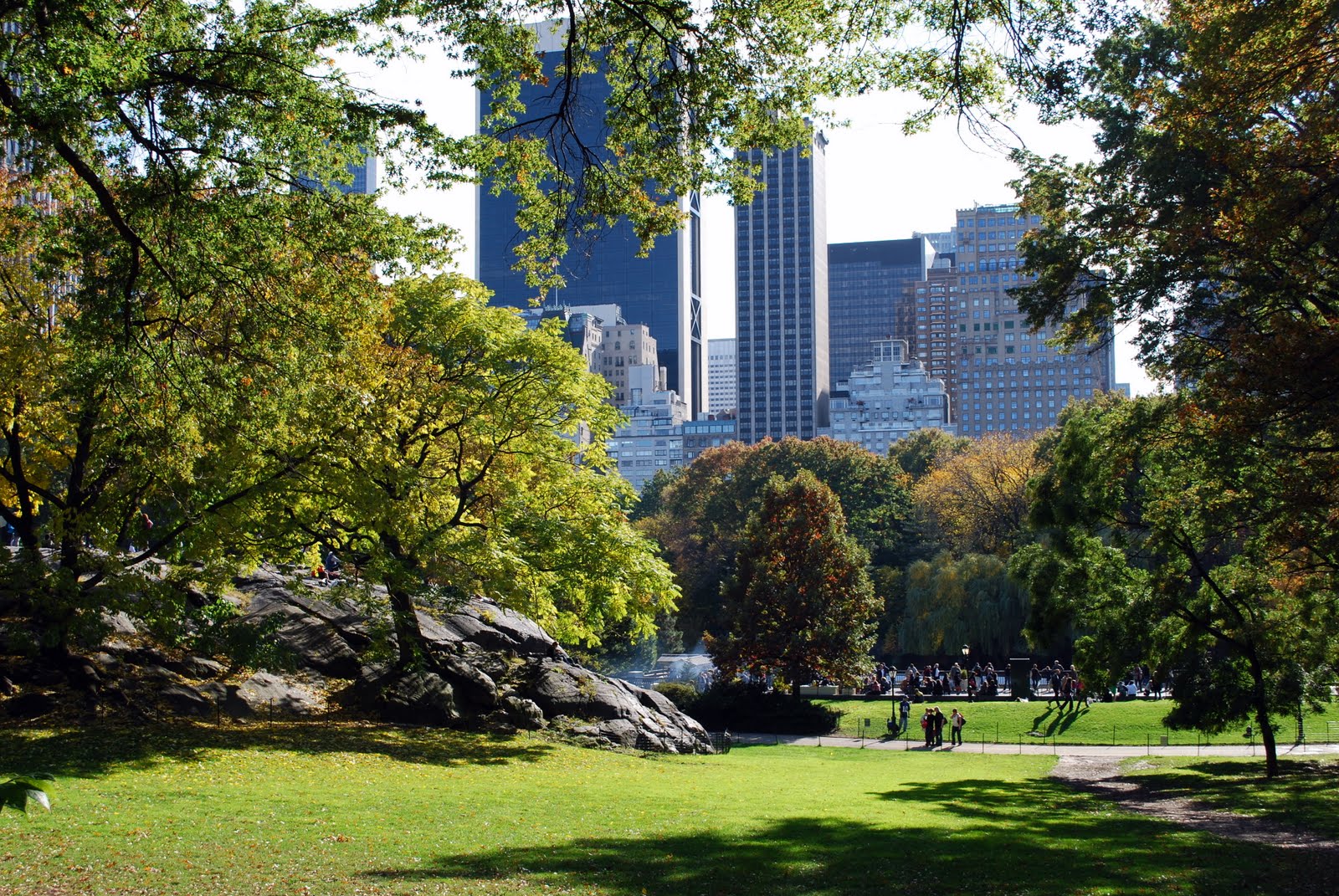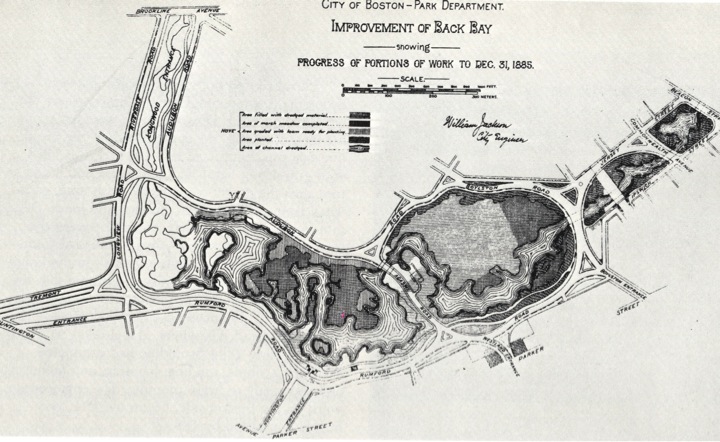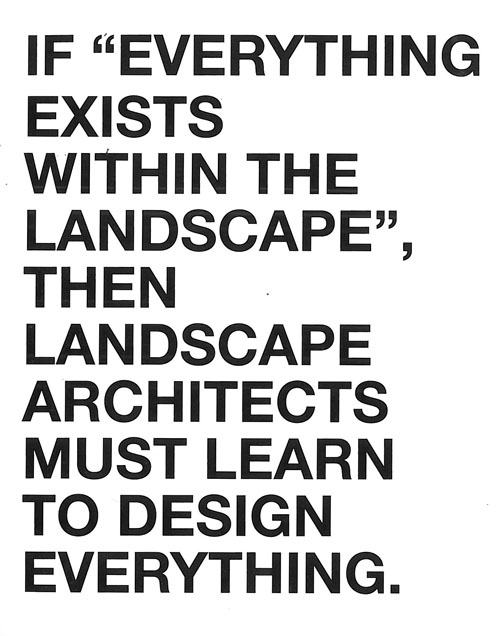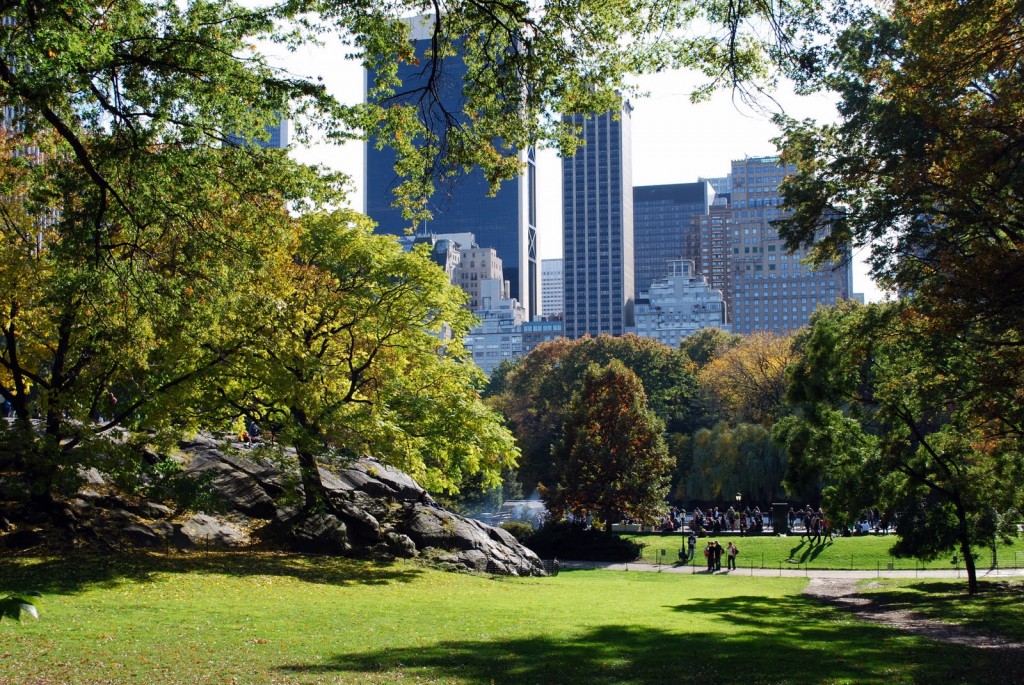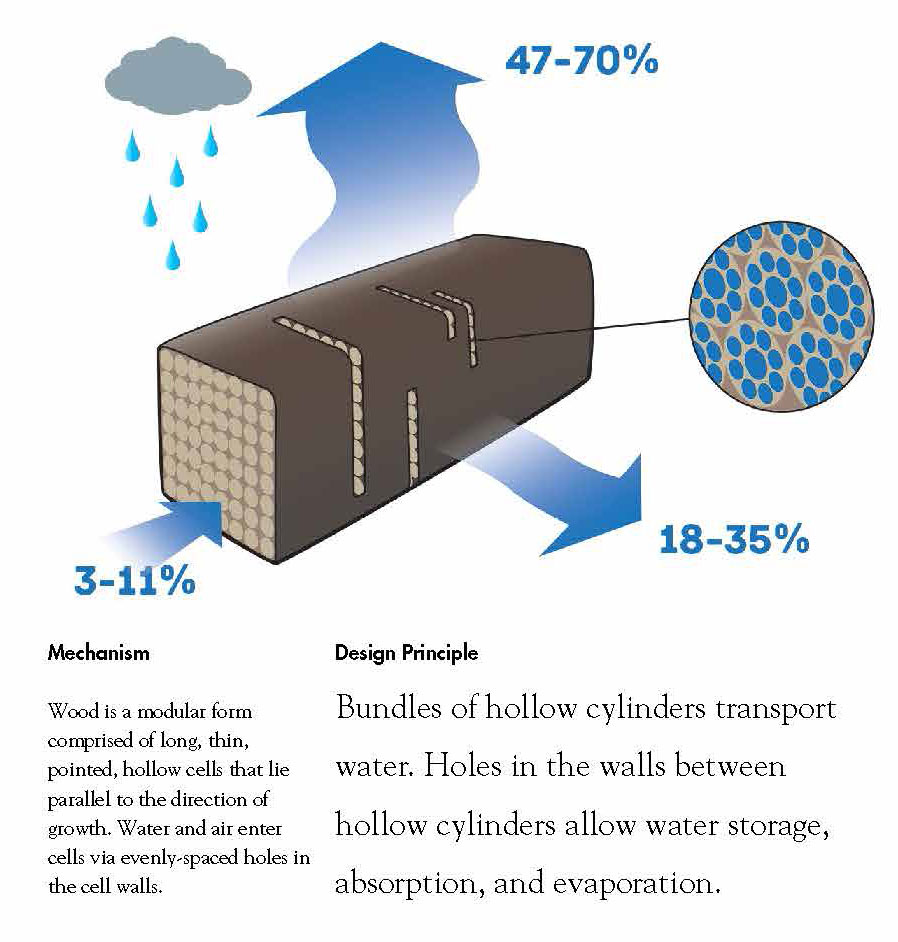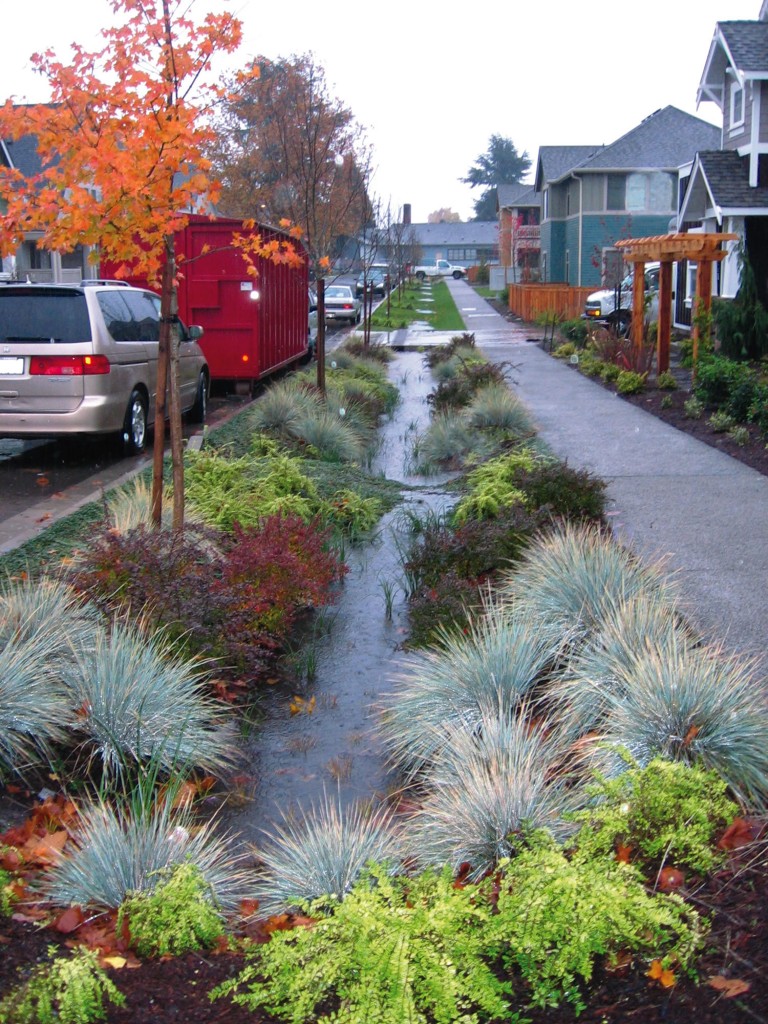Since reading Janine Benyus’ book Biomimicry back in 1997, I’ve been simultaneously fascinated and frustrated by the conceptual positioning and posturing of the proponents of biomimicry. Don’t get me wrong, i think the idea of biomimicry has much potential in design, particularly product invention, industrial design, and architecture. What i have a hard time wrapping my brain around is how to differentiate biomimicry (emulating nature’s processes for application to objects – products, buildings, etc.) with the seemingly similar ecological design (emulating nature’s processes for application to the landscape). The former is a new and exciting field or inquiry that can expand our thinking about solving problems. The latter is an older and exciting field that continues to expand our thinking about solving problems.
I often struggle with the inherent conflict in determining the specifics applications in a landscape setting. Beyond the idea that ‘everything is nature’, we’re talking about a broader idea of applicability to the practice of landscape architect that includes context. The goal of landscape architecture is broad, but the tools we use, and the products we create, are often so closely aligned as to blur the boundaries between agency and ecology. The continuum of built work goes from the very natural (restoration) to the very urban (plazas), and means we construct everything from systems to objects, and often, much of both simulateously.
It’s hard to separate process from product, and the use of living elements in designs (rather than static materials) complicates this further. It’s hard also to separate scope – as the milieu of landscape is vast and sometimes all-encompassing. This dilemma is perhaps less of an issue in the very urban, but as we expand sites to provide multiple overlapping functions of ecology and utility, it becomes harder to, particularly as we get into restoration. The on-going discussions about the pastoral mimicry of Olmsted (and Picturesque English Gardens) that was highly constructed, such as Central Park (below) or the Back Bay Fens (above) and is now mistaken for ‘nature’ as elaborated by Spirn (and covered in an old essay of mine here).
This isn’t to say that biomimicry is not relevant to the profession and context of the landscape. To me it’s a given, but the language to explain the connection is still escaping my grasp. It is more of a stretch to say ‘I used biomimicry to determine the natural flow patterns of this site’ rather than ‘I used biomimicry to make glue inspired by the gooey outer layer of a slug’. One to me is clearly biomimicry (nature process inspires biological approach to product design). The difference i think is that the leap from natural precedent to ‘product’ is easier than from natural precedent to natural analog as landscape. The natural flow patterns of the site are there for the revealing and part of good site context/analysis, and looking to historical origins for inspiration is just good design (or competent design i should say). Restoration, if that is the goal of a site, uses other models and precedents of successful healthy waterways, functions, vegetation. It is a form is mimicry in a sense, but isn’t that was all landscape architecture is? Or is it not mimicking nature when your output IS that same nature?
Background
I’m also not saying that the proponents of biomimicry don’t willfully admit this nuance, but it’s often the case as someone positioning this ‘new’ and ‘improved’ process as some improved methodology, when in fact it’s not new or improved. I dug up some info that seems relevant for some context in furthering this understanding. Per the Biomimicry 3.8 website.
“Biomimicry is an innovation method that seeks sustainable solutions by emulating nature’s time-tested patterns and strategies, e.g., a solar cell inspired by a leaf. The goal is to create products, processes, and policies—new ways of living—that are well-adapted to life on earth over the long haul.”
The 3.8 stands for the “more than 3.8 billion years that life has been adapting and evolving to changing conditions on the planet since the very first life forms emerged.” The other informational website from Biomimicry 3.8 is AskNature, which, according to the site, is an “online inspiration source for the biomimicry community. Think of it as your home habitat—whether you’re a biologist who wants to share what you know about an amazing organism, or a designer, architect, engineer, or chemist looking for planet-friendly solutions. AskNature is where biology and design cross-pollinate, so bio-inspired breakthroughs can be born.”
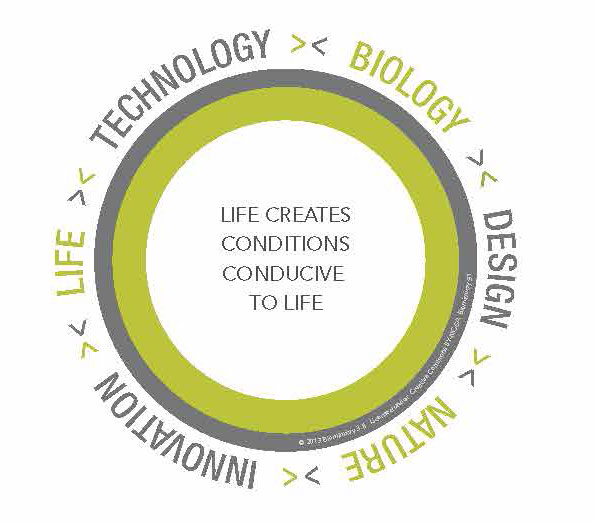 The looking to our long history for ideas and inspiration is great. The difficulty for me is resolving the idea of looking to nature for process and patterns (which has been happening for milennia and is inherent in site observation, i.e. genius loci) to this ‘new’ science of emulation (which to me is what designers have also been doing for milennia using nature as model). The proponents of biomimicry have done a reasonably good job of communicating the concept and some of it’s limitations. They’ve also done a great job of marketing what are age-old concepts into a ‘new’ discipline or approach (or at least a money-making endeavor).
The looking to our long history for ideas and inspiration is great. The difficulty for me is resolving the idea of looking to nature for process and patterns (which has been happening for milennia and is inherent in site observation, i.e. genius loci) to this ‘new’ science of emulation (which to me is what designers have also been doing for milennia using nature as model). The proponents of biomimicry have done a reasonably good job of communicating the concept and some of it’s limitations. They’ve also done a great job of marketing what are age-old concepts into a ‘new’ discipline or approach (or at least a money-making endeavor).
Benyus has a Primer on Biomimicry with some more concrete discussion and examples, as well as connections to other disciplines and movements. The language of learning from nature and humility are good reminders to think outside our anthropocentric viewpoint. As mentioned:
“The core idea is that nature has already solved many of the problems we are grappling with: energy, food production, climate control, benign chemistry, transportation, collaboration, and more.”
As we look for inspiration and ‘new mentors’ to guide us, we can bring in other methodologies (such as Cradle to Cradle design or Living Building Challenge), and that all of the interwoven theories are complementary. The difference in emulation vs. copying is mentioned as well by Benyus: “Biomimics may study a spider to learn about sensing, fiber manufacturing, adhesion, or tensegrity, but we are not actually trying to recreate the spider. What we’re trying to emulate are the design principles and living lessons of the spider.” Again, this brings up context – as in landscape the system and materials are the product of the design – so it’s more difficult to reconcile this, because we are actually trying to recreate the spider in that case.
There are three levels that are mentioned as well, which is instructive. The first is mimicking of natural form. The second is to mimic natural process, or how something is made. The final level is to mimic natural ecosystems, which brings in the larger context and connections with other systems. The end result is essentially a determination of fitness, where the outcome is more self-sustaining and regenerative that other options.
Other distinctions are made between biomimicry and the subjects of bio-utilization (harvesting and using biological products) and bio-assisted technologies (which “involve domesticating an organism to accomplish a function”). Biomimicy is to consult, not to co-opt, and to contribute to, in the words of Wes Jackson, “a deepening conversation with the organism.” The concept of precedent is vital as well, and acknowledged by Benyus in the primer.
“…biomimicry was not new to the human species; in fact there was a time when our very survival depended on noticing and mimicking successful organisms… this latest appearance of biomimicry is not an invention, it’s a remembering.”
There’s a history of this work past the indigenous, to include designers like da Vinci, Frank Lloyd Wright, Frei Otto, Gaudi, Olmsted, and Bucky Fuller. The lack of a coherent body of scholarship and study meant this was singular geniuses working in isolation, one-off cases rather than movements. The goal and the desire now is consolidation of thought, framing biomimicry as a force and cultural meme. It is also relevant and perhaps more appropriately interwoven into landscape architecture and urbanism because it deals with many of the same issues, namely the nature/culture dialogue.
Application
One specific element that i remember loving from the original book, is the concept of perennial agriculture (a la Wes Jackson), and the ability to ‘grow food like a prairie.’ This makes a lot of sense and is exciting as a biomimicry project – and perhaps has analogs in landscape architecture through outputs like permaculture that can be applied to provide productive sites and more self-sustaining plant palettes. 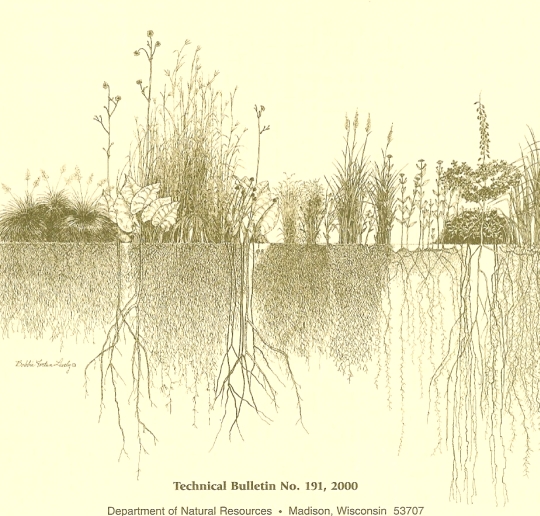 Other examples, such as the Nature’s Strategies for Managing Stormwater in the Willamette Valley: Genius of Place Project Report provide more context for this – but in execution don’t really capture (or at least only scratch the surface of) what the potential is. I’m going to post separately on this report later, but it’s instructive on the gaps between determining ‘functions’ that exist in nature and translating them into solutions – rather than just employing them.
Other examples, such as the Nature’s Strategies for Managing Stormwater in the Willamette Valley: Genius of Place Project Report provide more context for this – but in execution don’t really capture (or at least only scratch the surface of) what the potential is. I’m going to post separately on this report later, but it’s instructive on the gaps between determining ‘functions’ that exist in nature and translating them into solutions – rather than just employing them.
One case from the workshop was the function of downed wood, and the function that it provides for water management. If you study the function, as seen the diagram from the report below, you get a good sense of what’s happening in nature as a baseline.
There was a perceptual disconnect between the idea of adapting this to a new thing (perhaps a in situ filter using the ideas of long-hollow cells) rather than just justifying why we would place or keep in place downed wood as part of a design. there’s no need to mimic something when it’s possible to use the actual thing – which is again part of the issue of applicability in landscape settings. The conversation spun around this (let’s place wood in cities) but was harded to get to new ideas generated from the discussion. You probably won’t propose laying dead wood laying around an urban plaza… but perhaps you could add the additional storage and transport potential into a bio-inspired piece of site furniture.
To say that we’re trying to mimick the function of the pre-development condition, in this case temperate rainforest. If that’s the case, is it biomimicry to look to the function of a forest for evaporation, infiltration, etc. and try to capture this – much as is done in pre-/post- engineering calculations? Would the concept of say, a green street bioretention facility be ‘biomimicry’ for using a wetland metaphor in an urban context? Does a green wall mimic a vegetated cliff face to provide shading and cooling?
I think the direct connection of biomimicry to landscape architecture is the next step – so finding case studies specific to the scale and context appropriate to our work. The root of bios (life) and mimesis (imitation) is a simple analogy that can be integrated into a number of processes – so i think the issue is that the concept has now become the brand (as things will go). So maybe it’s just semantics and we’re all, as landscape architects or bio-inspired designers, scientists, inventors and engineers, biomimics?
